Find all our videos in our #MinuteLearning series.
- Users can share and embed their holograms across the internet on any device.
- This broad accessibility ensures that the holograms can reach a wide audience.
- The ability to cast holograms directly onto Looking Glass displays offers a seamless experience for users who own these devices, enhancing the interactive and immersive aspect of the platform.
- Presenting 3D scenes without needing adjustments to lighting or texture ensures that creators can showcase their work as intended, maintaining the quality and integrity of their designs.
- The platform's ability to generate a detailed depth map and hologram from any uploaded image within seconds makes the creation process efficient and user-friendly.
- With just a single line of code, users can embed their holograms on various platforms, including websites, galleries, and the metaverse, facilitating easy integration and sharing.
- While the platform aims to be user-friendly, embedding holograms using code may require some technical knowledge.
- This could be a barrier for less tech-savvy creators.
- The platform's success relies on a community of creators.
- If the community is small or lacks diversity in content, users might find limited variety in the holograms available to discover and share.
- Creasquare AI Content Creation Platform: Design, Videos, Copywriting & More with Creasquare
- Yarnit Yarnit: AI-Powered Content Studio – Elevate Your Creativity, Simplify Your Workflow
- Kreado AI Unlocking Creativity: How Kreado AI Transforms Content Generation
- Bardeen What Can AI Automation Do for Your Personal Productivity?
- Mathly Mathly AI Tool Review 2024- Learn Maths Easily!
- GeoGebra GeoGebra Review 2024- Make Maths Fun for Everyone!
- Generated Photos How Can Businesses Benefit from AI-Driven Human Image Datasets?
- Lotse AI Best Free Product and Project Management Tool Every Business Should Try
- Peek and Seek How to Teach Visual Discrimination Skills to Young Kids?
- Teachable Machine Train AI for Your Projects: Image, Sound & Pose Recognition with Teachable Machine
- Desmos Desmos AI Review 2024: Teach Maths with Ease!
- ABCmous ABCmouse: Nurturing Young Minds Through Playful Learning Experiences
- Themisgif Immortalize the Moment : How to Turn Your Events into Unique Digital Memories
- Nolej Nolej AI Review – Features, Pros, and Cons
- The Math Solver App The Math Solver App of iOS- Become a Pro in Maths
- Tweethunter How Can AI Help You Tweet Like Top Twitter Influencers?
- TeamSmart AI TeamSmart AI- Best ChatGPT Chrome Extension to Access AI Assistants
- Rocket Math Math Struggles? Conquer Calculations with Rocket Math
Table of Contents
For decades, holography has been a mainstay in futuristic narratives, yet its practical application remained confined within the limits of high-cost, complex technology, and less-than-ideal visual fidelity. However, recent advancements in artificial intelligence (AI) and machine learning are poised to change this narrative dramatically.
The global holographic display market, valued at a modest $1.13 billion in 2020, is on an explosive trajectory, projected to reach a staggering $11.65 billion by 2030, reflecting a compound annual growth rate (CAGR) of 29.1% from 2021 to 2030.
This rapid growth is driven by technological innovations and an increasing demand for cutting-edge displays, particularly in industries like automotive, which seek to incorporate more technologically advanced and interactive features.
Enter Blocks Hologram: a pioneering platform that harnesses AI to democratize holographic imaging. Designed to transform any 2D image into a hologram, Blocks leverages built-in AI tools to streamline the once complex process, making it accessible and efficient.
As we delve deeper into the capabilities of Blocks Hologram, we stand at the threshold of a new dimension in visual communication and digital artistry, one where the lines between physical and digital realms are beautifully blurred.
The Evolution from GIFs to Holograms
GIFs: A Digital Staple: GIFs (Graphics Interchange Format) have long been a staple in the digital world, known for their simplicity and widespread use across various platforms. Originating in 1987, GIFs provided a means to display short, looping animations or clips without the need for complex software.
They quickly became popular for their ability to convey emotions, reactions, and messages in a compact, easily shareable format. Despite being limited to low-resolution and a 256-color palette, GIFs have remained popular due to their compatibility across different devices and platforms, and their straightforward, user-friendly nature.
Holograms: The 3D Leap: Holograms represent a significant leap in digital display technology, offering a three-dimensional, immersive experience. Unlike the 2D, flat nature of GIFs, holograms provide depth, allowing for a more realistic and engaging visualization. This technology, which once seemed like science fiction, has become increasingly accessible thanks to advances in display technology and computing power.
Holograms can display complex visuals, including lifelike representations and interactive 3D models, providing a far more dynamic and engaging user experience than GIFs. The evolution to holographic technology signifies a major shift from simple animation to immersive, multidimensional experiences, showcasing the rapid advancement in digital media capabilities.
How Blocks is Empowering The Digital Imaging with Holograms
Here are some features of Using Holograms;
Convert Anything
Blocks' "Convert Anything" feature represents a significant leap in digital media transformation. It enables users to convert any 2D image into a hologram using a built-in AI tool. This feature is a key driver in the transition from traditional 2D media to immersive 3D experiences.
This tool marks a shift in how we perceive and interact with digital content. The move from 2D to 3D content is not just a technological step, but a complete transformation in user experience.
The ease of converting images into holograms with Blocks heralds a new era where 3D becomes the norm for digital interaction. Users can convert a variety of images – whether it's an artistic creation or a personal photograph – into 3D holograms, enhancing their ability to share and experience memories and ideas in a more immersive manner.
View Anywhere
The "View Anywhere" feature of Blocks allows for the display of holograms across multiple platforms. This includes desktops, tablets, mobile phones, VR headsets, and Looking Glass displays. The flexibility of this feature ensures that holograms created or converted via Blocks can be accessed and viewed on virtually any internet-connected device.
On desktops, users can interact with holograms using their mouse, while on mobile devices, interaction is possible through touch or motion sensors. For VR devices, Blocks has been tested on platforms like Meta Quest, offering a stereoscopic 3D viewing experience. This feature essentially democratizes the viewing of holograms, making them accessible on everyday devices and not just specialized hardware.
Embed Freely
The "Embed Freely" feature of Blocks focuses on ease of integration and display fidelity. It simplifies the delivery of 3D media across various platforms with a single embed code. This means holograms can be showcased on any device with internet connectivity, including desktop PCs, mobile phones, AR/VR headsets, and Looking Glass displays.
Blocks takes the 3D information saved in a format called a Quilt and renders it in the highest possible fidelity for each platform. On desktops, users can interact with holograms using mouse controls, while on mobile devices, gestures and motion sensors are used for interaction. In AR/VR settings, Blocks provides a stereoscopic window for viewing holograms. The feature allows for embedding holograms on websites, blogs, or articles, offering a seamless integration of 3D content into traditional 2D web spaces.
Each of these features reflects Blocks' commitment to advancing the way we create, share, and interact with digital content, pushing the boundaries of how 3D holographic content is integrated into our daily digital experiences.
Dive into Dimensions: 3D Awaits You
The "Dive into Dimensions" feature of Blocks marks a significant evolution in the realm of digital media. It offers users the capability to instantly add a new dimension to their art, photographs, stills, and more.
This feature essentially enables the transformation of any uploaded 2D image into a detailed depth map and hologram. This process is not only rapid but also efficient, taking just seconds to generate a hologram that can be shared globally. This ease of use and speed are pivotal in making 3D content creation accessible to a wider audience.
Reflecting on the early days of the internet, where static 2D images were the norm, Blocks symbolizes a significant leap towards a 3D-centric digital world. This transition is not just a technological advancement but also a transformation in how we perceive and interact with digital content.
With developments in AI, machine learning, and Neural Radiance Fields (NeRFs), Blocks stands at the forefront of this shift. The feature allows users to upload and share holograms generated from any single 2D image, including original artwork, generative AI images, and personal photographs.
These 3D conversions can be viewed on a physical Looking Glass display without the need for a headset or directly in a web browser. This flexibility and ease of use democratize the creation and sharing of 3D content, making it a new standard in digital interaction.
How Holograms Can be Used In Different Industries
Let now look at some key use cases of using Holograms;
Art and Photography: Blocks Hologram provides artists and photographers with a unique platform to transform their 2D images into 3D holograms. This feature allows for the creation of immersive art pieces and photographs, enhancing the depth and realism of the images. For instance, an artist can upload a digital painting or a photographer can share a snapshot from a trip, and see these images come to life in a three-dimensional form. This application not only enhances the visual experience for the audience but also opens up new dimensions for creative expression.
Personal and Family Use: The technology is also ideal for personal use, where individuals can convert pictures of memorable moments or loved ones into holograms. This could include a cherished photo from a family vacation or a beloved pet, bringing a new level of depth and interactivity to these memories.
Educational Purposes: In educational settings, Blocks Hologram can serve as a valuable tool for visual learning. It can transform diagrams, historical photos, or scientific illustrations into 3D holograms, providing students with a more engaging and interactive learning experience. This could be particularly beneficial in subjects like history, science, or art, where visual representation plays a key role in understanding complex concepts.
Commercial and Marketing Applications: For businesses, Blocks Hologram can be a powerful tool in advertising and marketing. Companies can create eye-catching 3D displays of their products, bringing a new level of engagement to their promotional efforts. This can be especially effective in retail environments, trade shows, or online marketing, where capturing customer attention is crucial.
Entertainment Industry: In the entertainment industry, Blocks Hologram can be used to create dynamic and immersive experiences for audiences. This could include using holograms in concerts, theater productions, or exhibitions, enhancing the visual spectacle and audience engagement. The technology allows for the creation of lifelike holographic representations of performers or scenic elements, adding a new layer of realism to the entertainment experience
Conclusion: Embracing the Holographic Future with Blocks
As we explore the intersections of AI and holographic imaging, it's evident that technologies like Blocks Hologram are not merely enhancing our digital experiences—they are reshaping them.
The transition from traditional 2D imagery to dynamic, three-dimensional holograms marks a significant shift in how we interact with digital content. From personal memories brought to life in stunning 3D to groundbreaking applications in education, healthcare, and entertainment, the impact of holographic technology is vast and multifaceted.
It acknowledges the growth and future prospects of this technology, suggesting an exciting and innovative path ahead in the world of digital imaging.







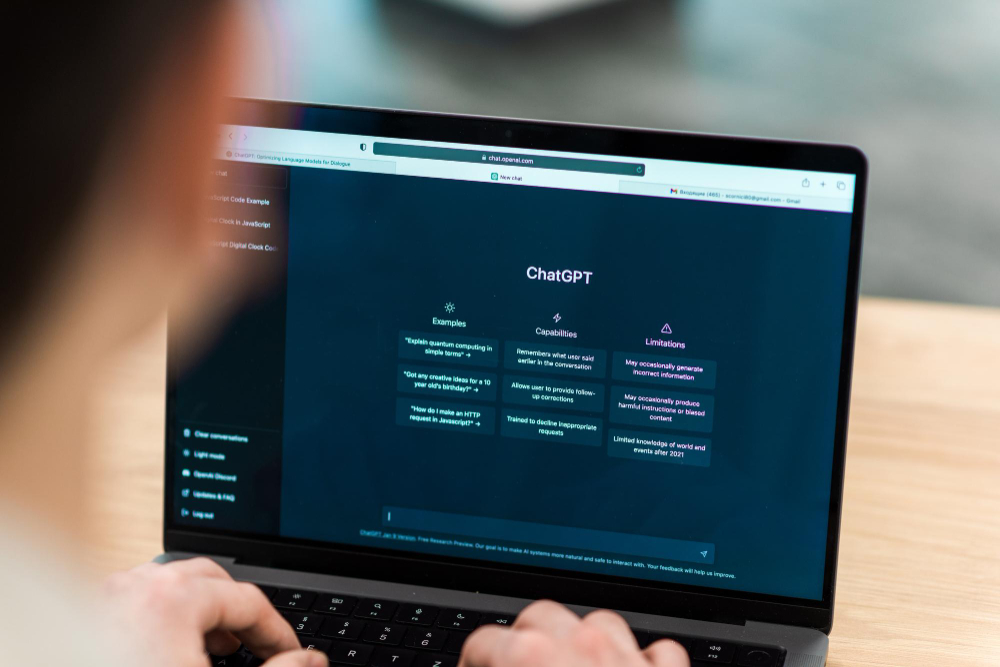






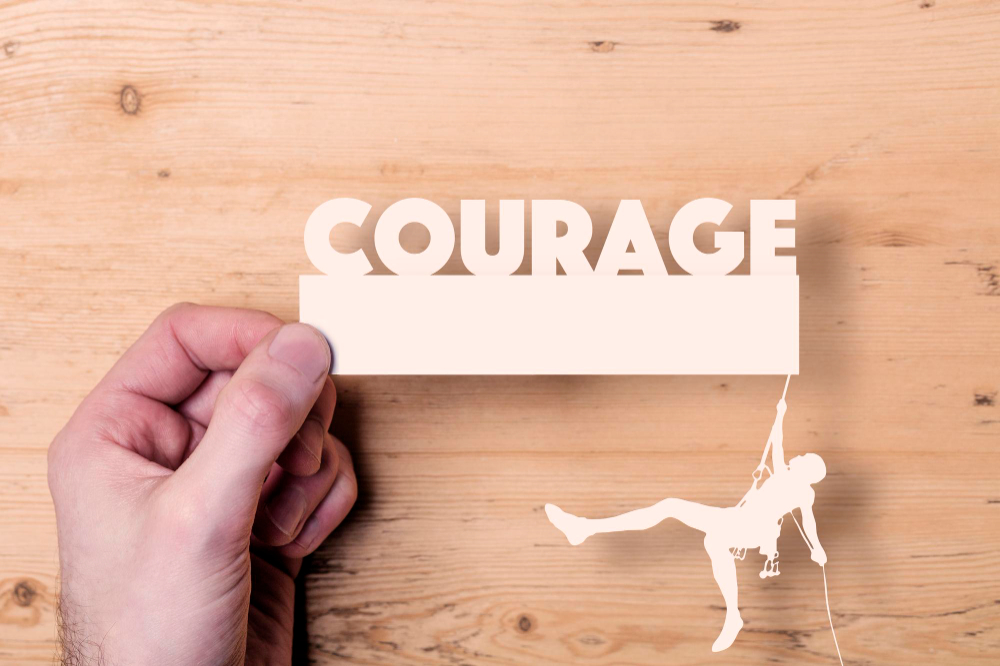

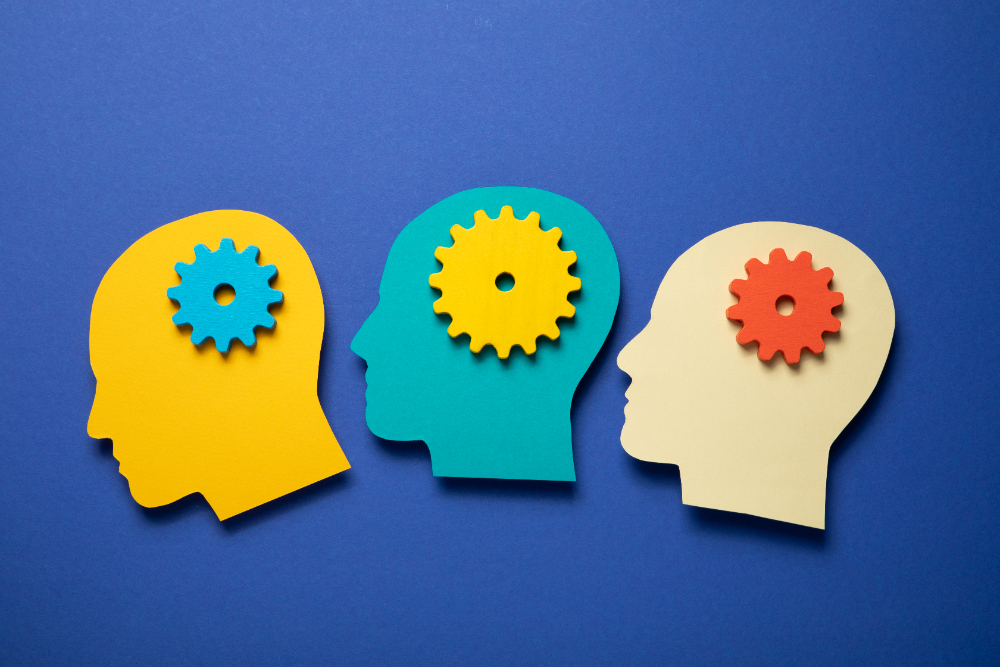
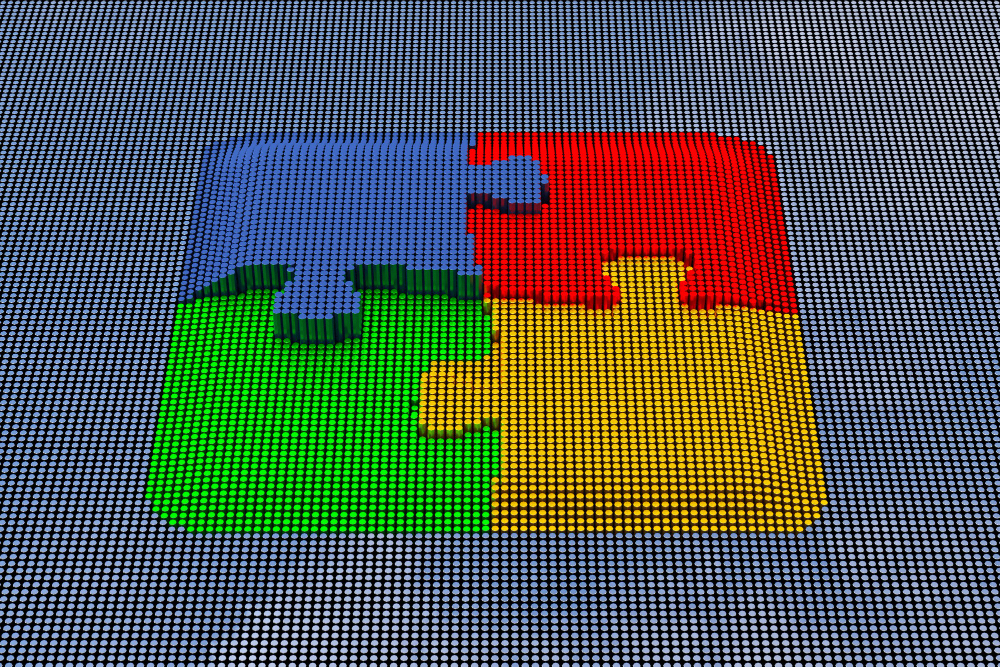


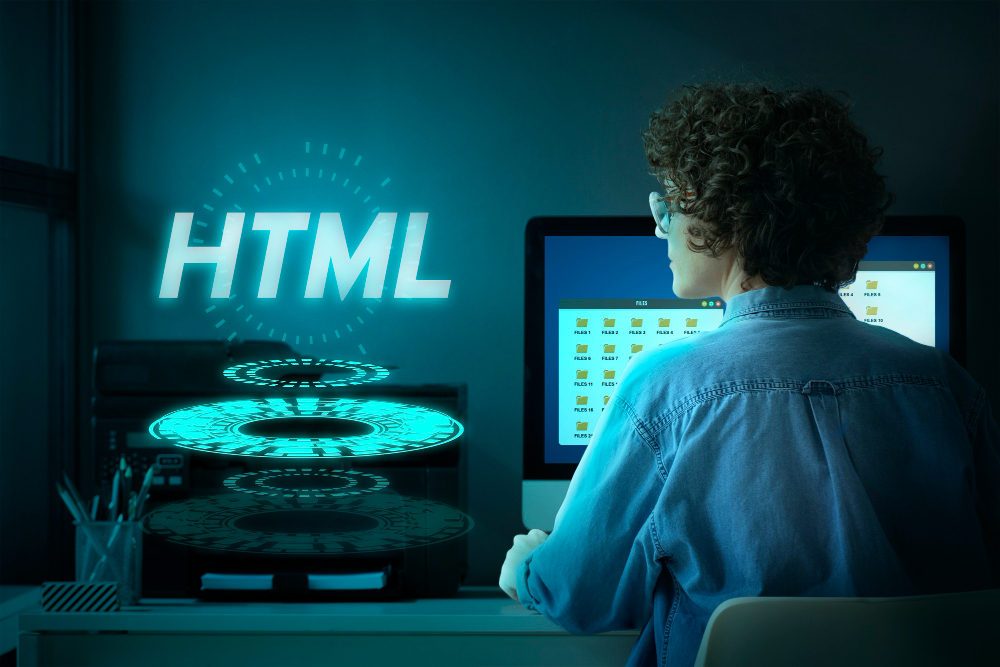

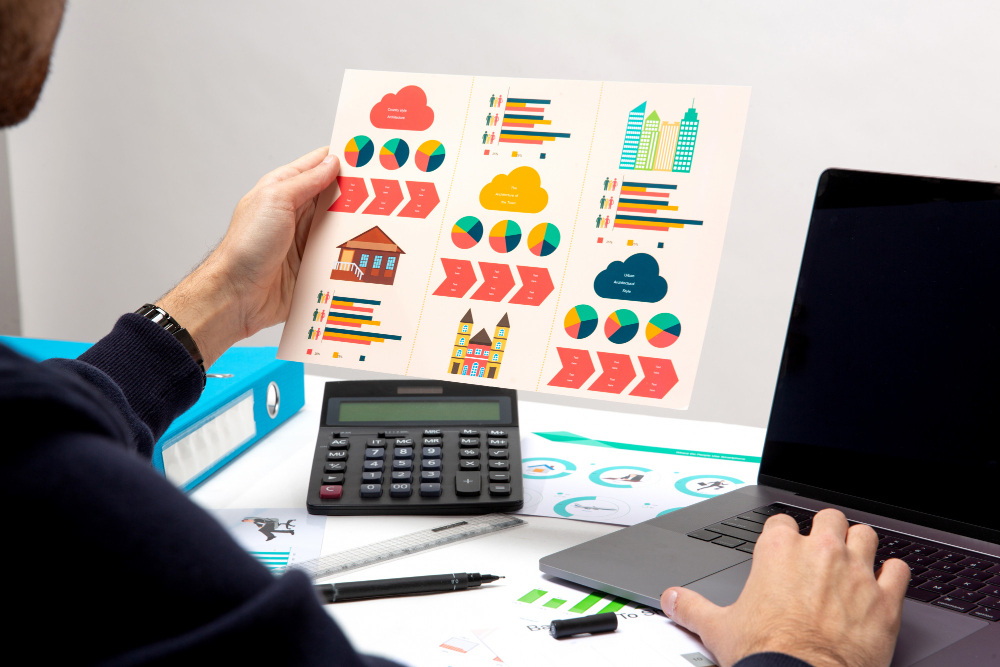
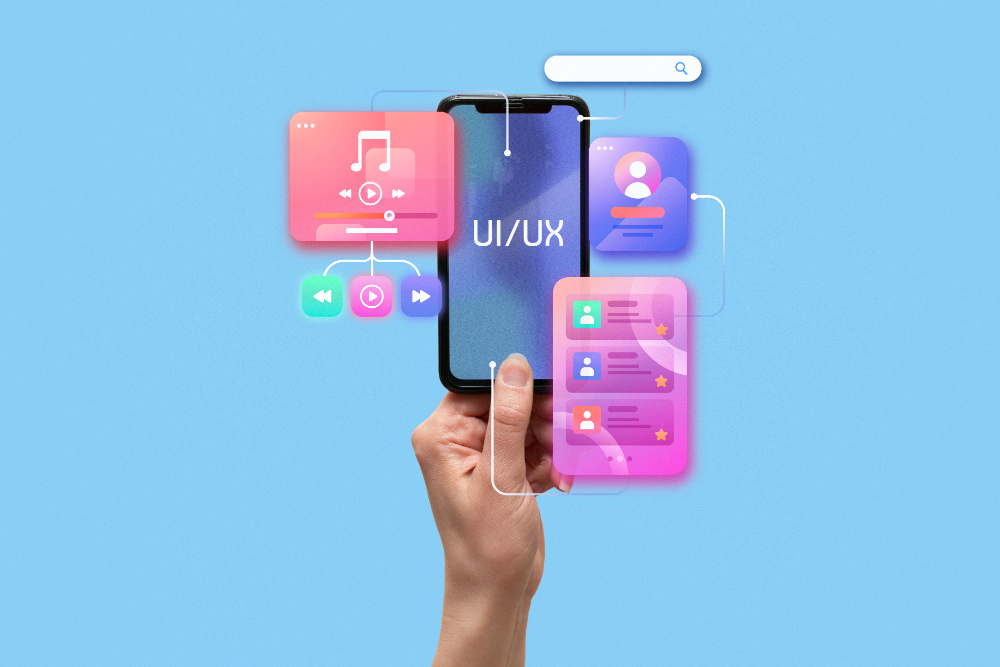
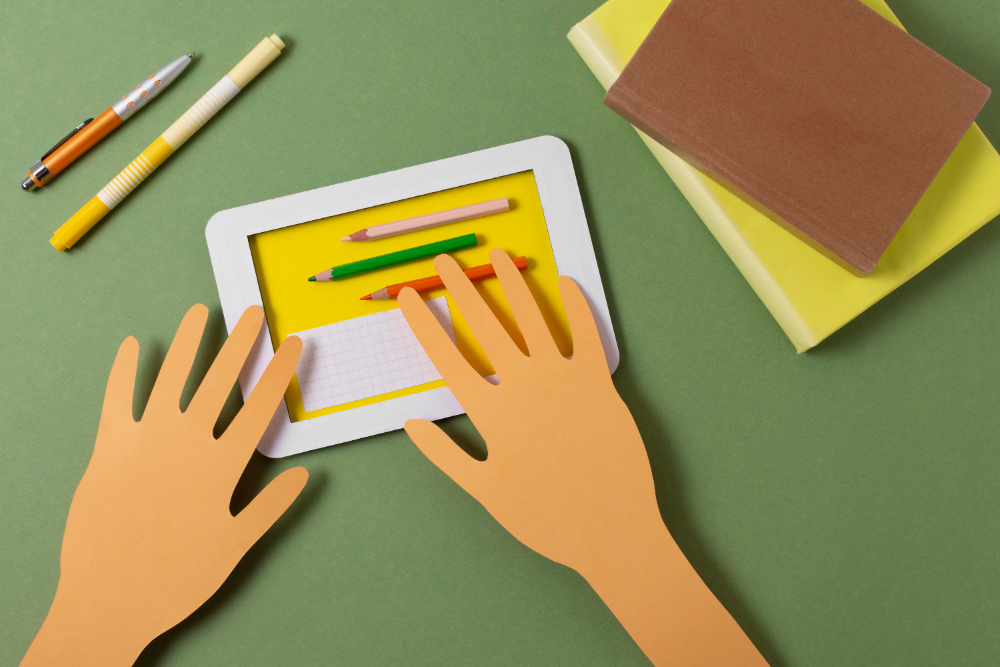

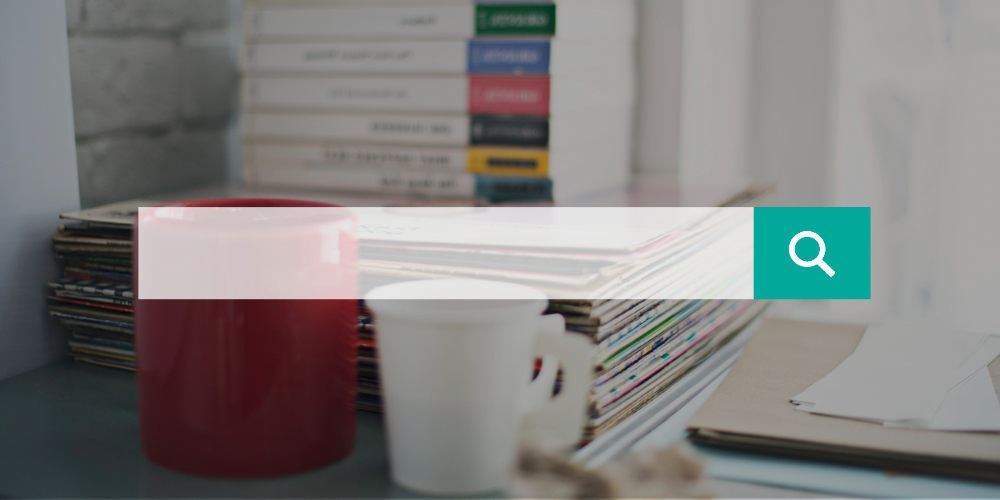
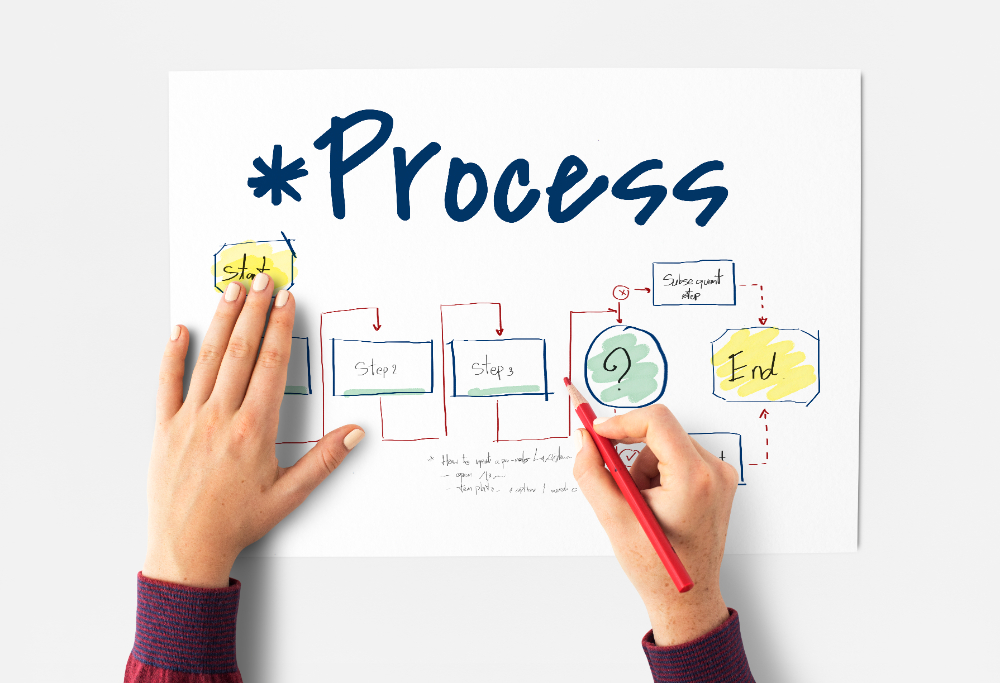

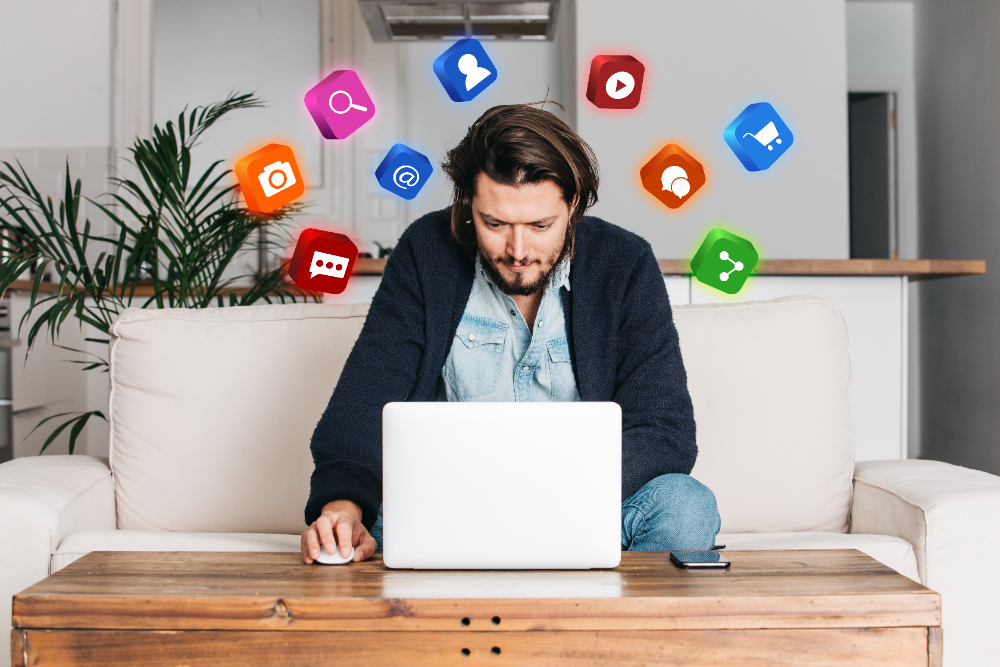

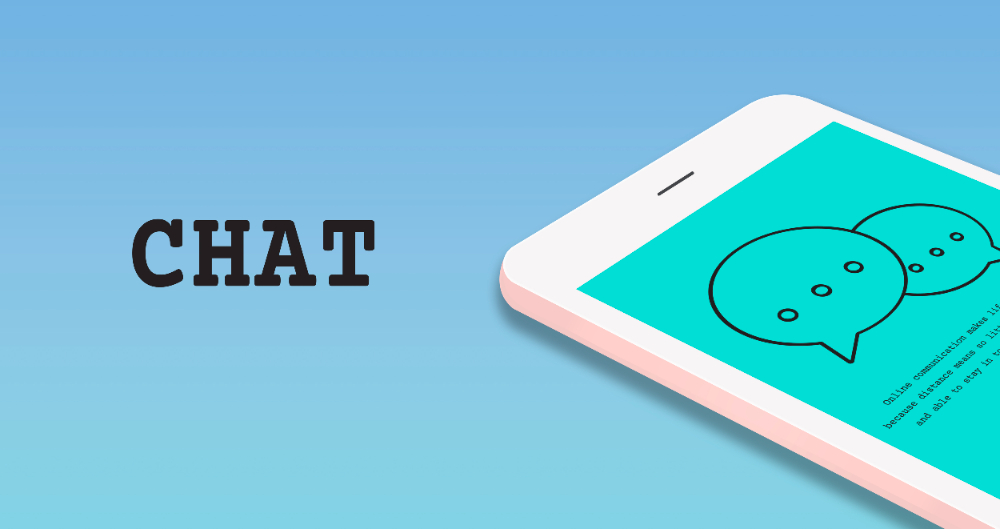
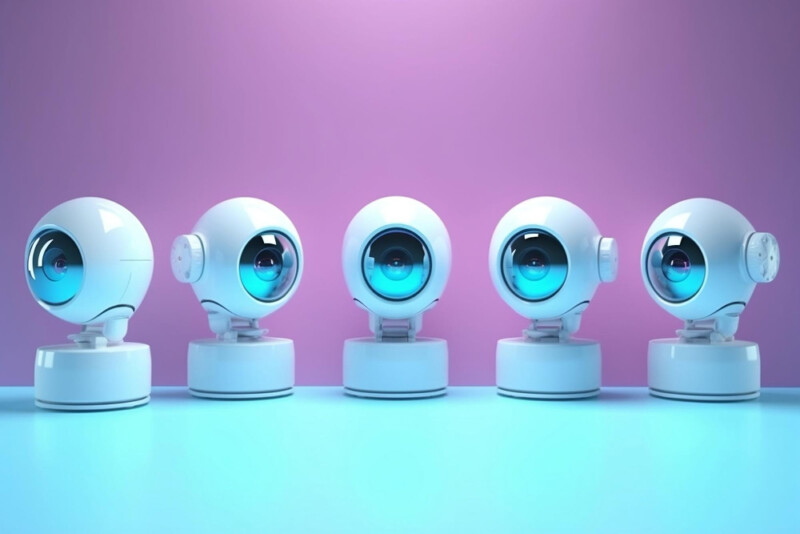
Comments are closed.